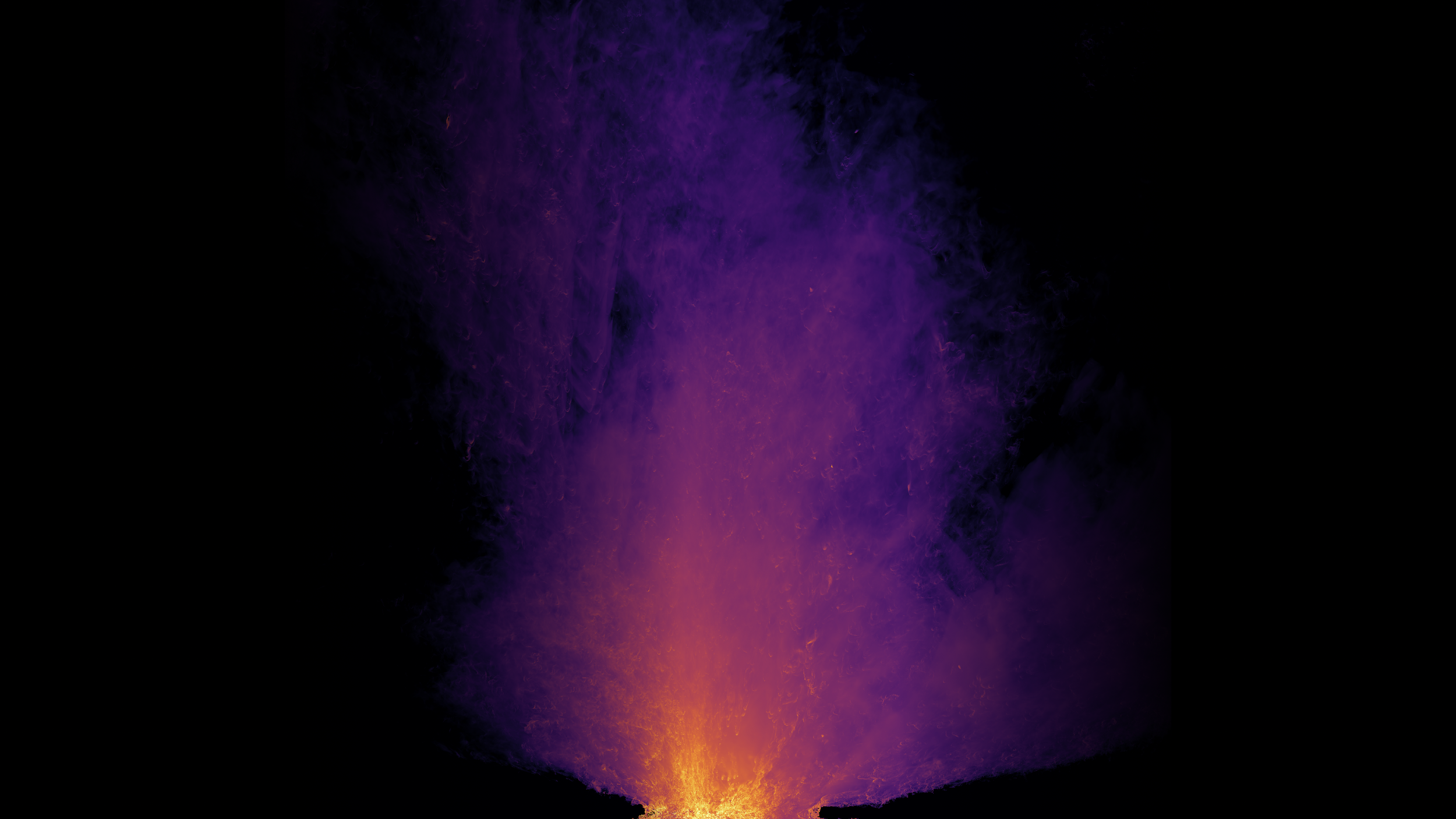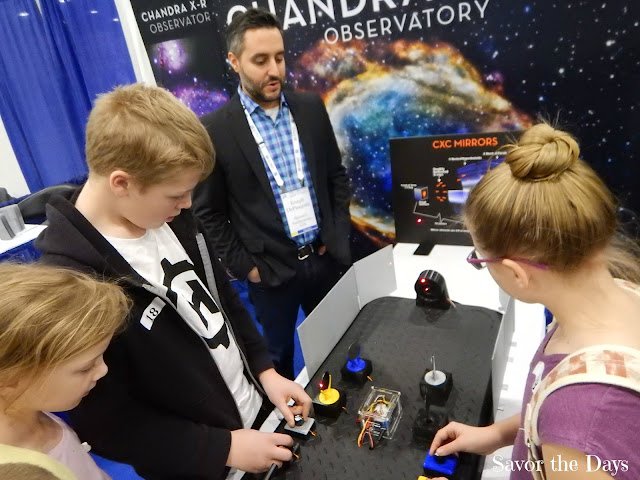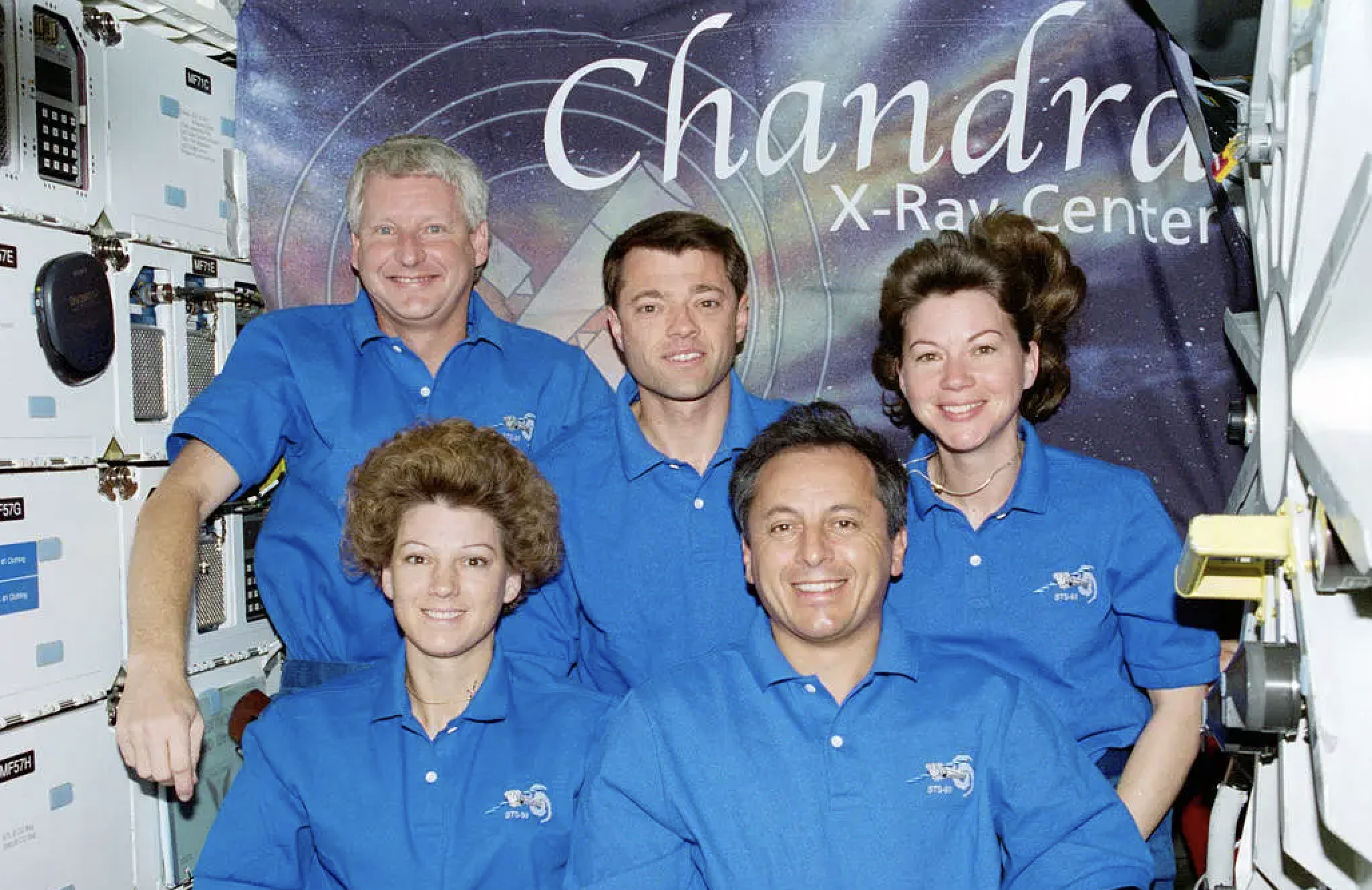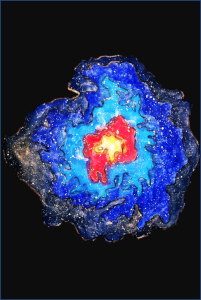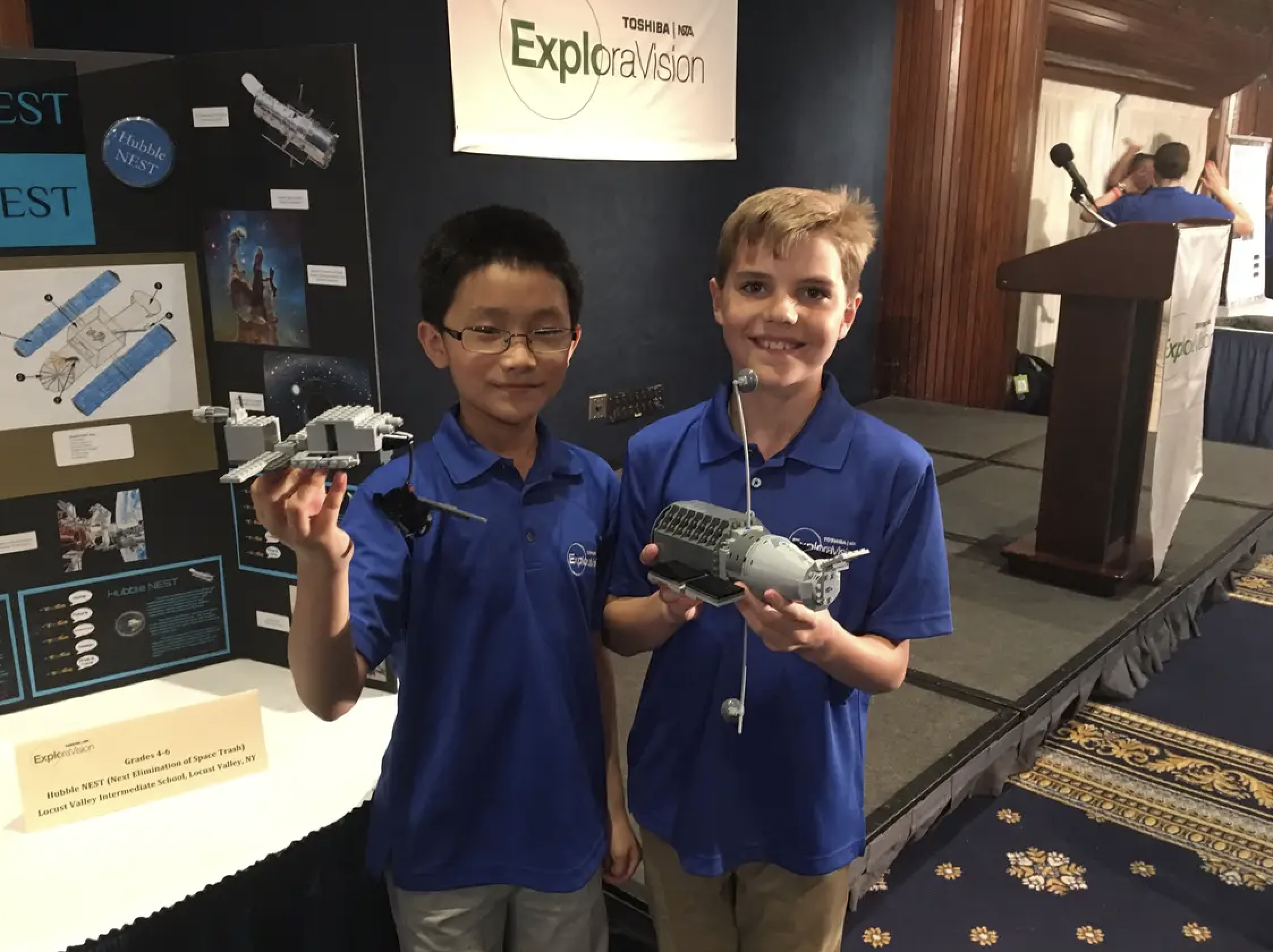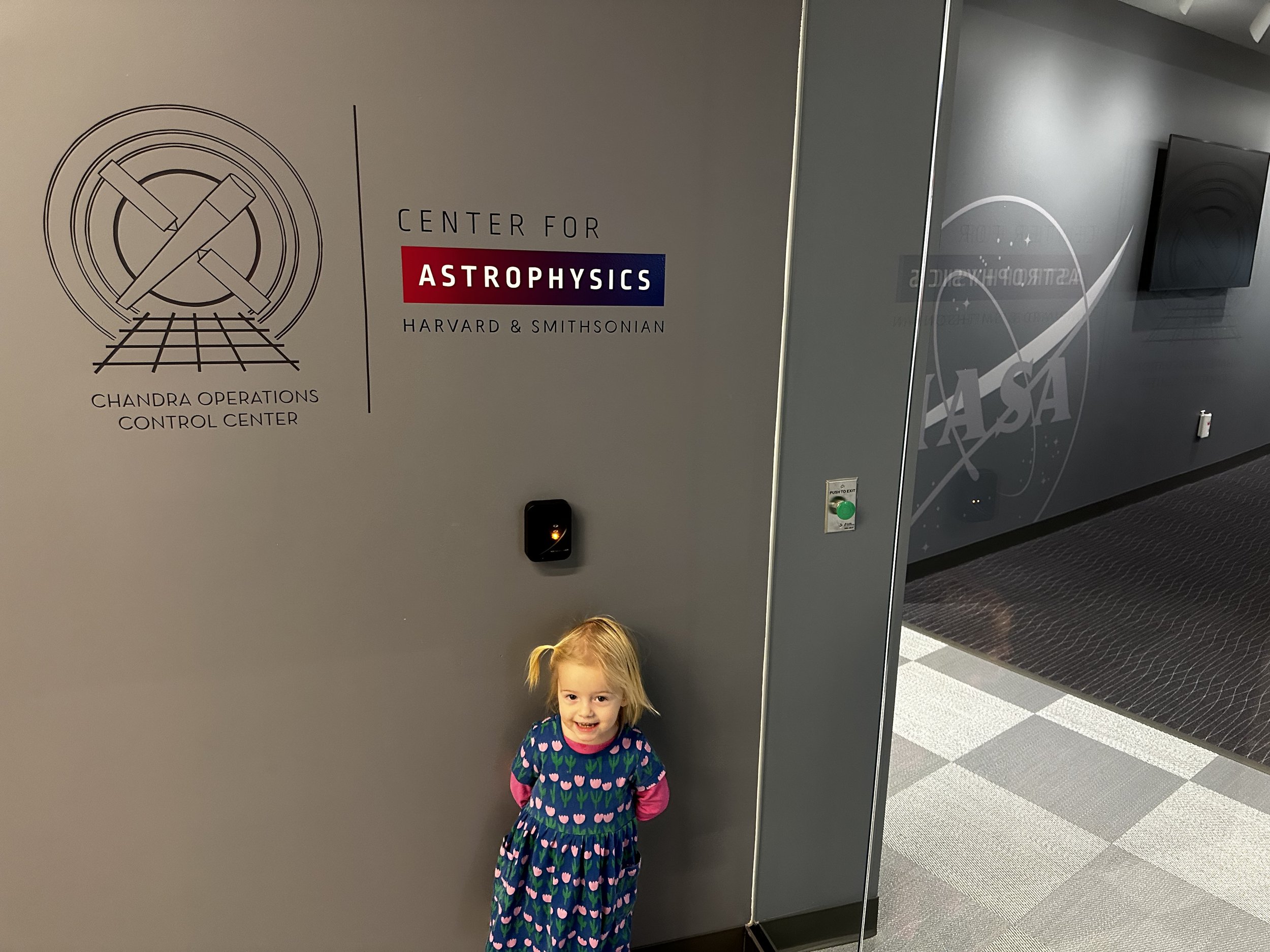
NASA’s Chandra X-ray Observatory has revolutionized humanity’s understanding of the cosmos, and our place within it.

Chandra shows us that we truly are starstuff.
Chandra has enabled revolutionary advancements in our understanding of the life and death of stars, mapping the cosmic journey of the very elements that make us. Chandra proves that, in the most profound sense, we are connected to the stars, and our existence is part of the ongoing evolution of the Universe.
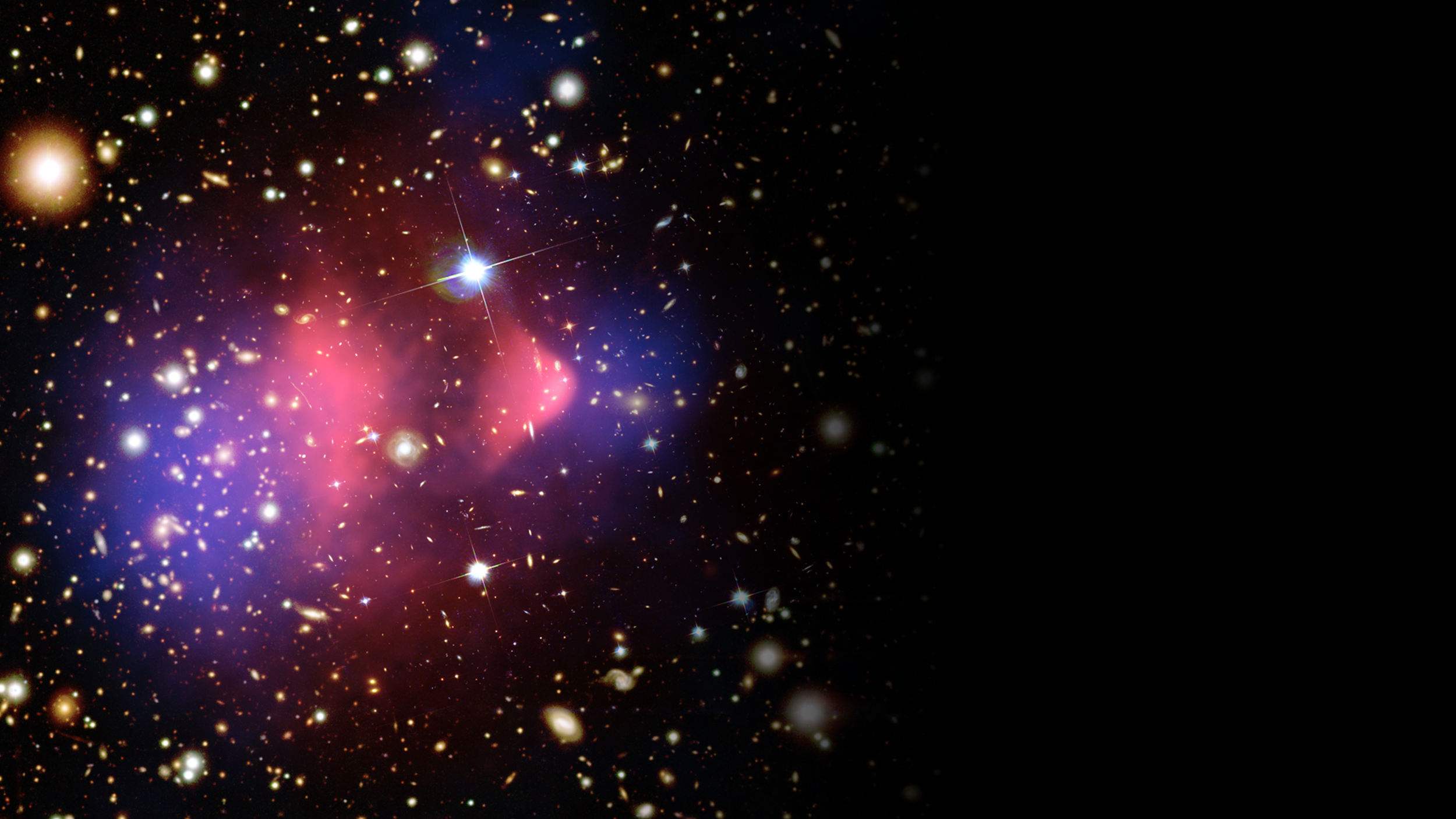
It reveals the invisible scaffolding of the Universe
The two largest pieces of the Universe, dark matter and dark energy, are the two that we know the least about, yet nothing less than the ultimate fate of the Universe will be determined by them. Dark matter tends to pull the Universe together, and dark energy tends to drive it apart. Chandra’s immense power has enabled critical observational breakthroughs to advance our theoretical understanding of this cosmic struggle.
This revolutionary Chandra image of the “Bullet Cluster” — one of the largest gravitationally bound objects in the Universe — revealed the first direct observation of the separation between normal and dark matter.
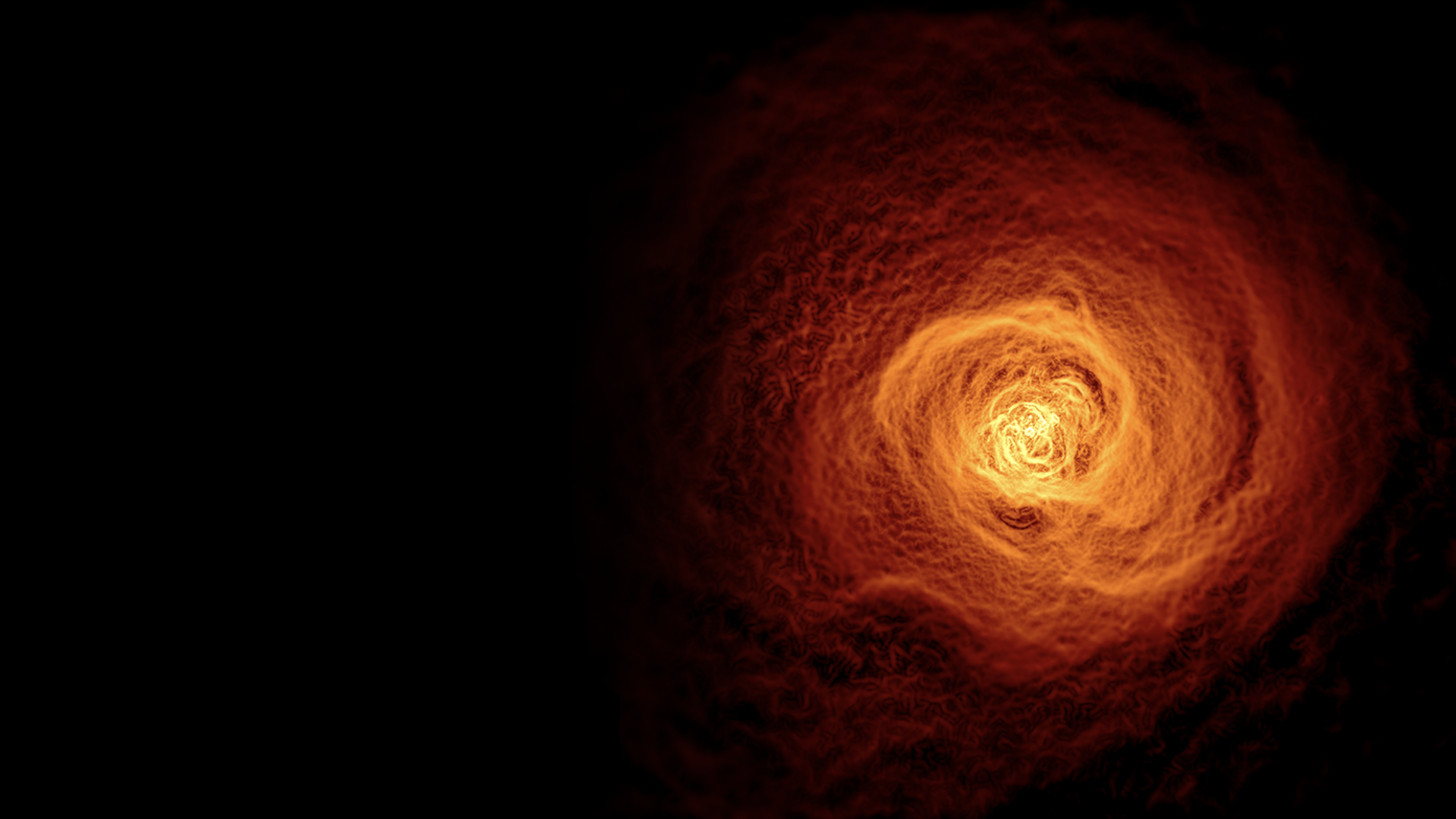
It is our front-row seat to the Symphony of the Cosmos
Chandra’s observations of galaxy clusters — the largest gravitationally bound objects in the Universe — were the first to reveal that supermassive black holes quite literally create sound waves that propagate through the intracluster plasma across millions of light years. This image shows ripples in this plasma whose wavelengths translate to the lowest known musical note in the Universe, a b-flat, 57 octaves below middle-C.
The bubbles and shocks produced by the supermassive black hole at the center of this Chandra image carry a tremendous amount of energy (more than a trillion trillion thermonuclear bombs per second), which Chandra revealed can solve a major gap in our understanding of galaxy evolution.
And, speaking of music, Chandra’s data have been turned into an actual symphony, now heard by hundreds of millions of people worldwide. Click here to learn more about the Chandra Sonification Project, and listen to the songs of the Cosmos.
It maps the animating forces of galaxy evolution.
Chandra has been a leading discovery engine for advancing theoretical astrophysics and state-of-the-art simulations, many of which are running on supercomputers worldwide as you read this. By mapping energetic “feedback” from supermassive black hole growth and supernovae, we now better understand how the most energetic phenomena in the Universe orchestrate the evolution of galaxies and the march of increasing complexity in the Cosmos, including how elements that make up our own bodies are distributed throughout space.
To learn more about how this simulation (and many others like it) are enabled by Chandra, click here.

It sees doomed matter spiral around black hole event horizons.
Learn more about Chandra’s countless, transformative Black Hole discoveries here.
And, most importantly, Chandra continues to inspire a new generation of explorers.

Launched aboard the Space Shuttle Columbia in 1999, Chandra is the third flagship in NASA’s Fleet of Great Observatories.

The Great Observatories are widely considered amongst the most important missions in the history of science.
Click here to learn more about how the Great Observatories catalyzed a golden age of cosmic discovery. Many of their most important advancements were led by Chandra, as described in the Great Observatories Science Analysis Group Report.
Today, only two of the original Great Observatories remain.
Together, Chandra and Hubble are amongst the most scientifically productive missions in the entire NASA Science portfolio. Publication rates and impact metrics exceed those of all other Astrophysics operating missions combined. Now, they are enabling critical, force-multiplying synergies with the James Webb Space Telescope.
On March 11, NASA proposed premature cancellation of Chandra’s mission, due to immense budgetary pressures.
This is not NASA’s fault, and it was a painful decision for NASA leadership. Click here to learn more about why NASA’s Science Mission Directorate is under so much fiscal stress, and why few choices were left to NASA’s Astrophysics Division leadership.
But Chandra has nearly a decade of life remaining.
It remains the vanguard of U.S. Leadership in High Energy Astrophysics.
It is returning its best-of-mission science.
It is a keystone of synergy with Webb, vastly increasing our return-on-investment.
It is a critically-needed discovery engine in the looming era of Time Domain Astrophysics.
It is efficient, delivering superbly high science return per taxpayer dollar.
Chandra’s mission cannot end when its greatest discoveries lie ahead.
Chandra is healthy
The spacecraft is now 25 years old, thermal degradation is expected and is being mitigated, and the mission’s efficiency remains high, stable, and vastly in excess of pre-launch expectations.
There is plenty of remaining fuel for nearly a decade of discovery ahead. Mission costs have been stable for decades.
Click here to read a letter from the Chandra X-ray Center regarding Chandra’s stable health, cost, and efficiency.
Chandra and Hubble were the top-ranked missions in the 2022 NASA Senior Review
Read the 2022 NASA Senior Review Report here.
Since being top-ranked in 2022, Chandra has enabled dozens of major discoveries, including one that was named “the top scientific breakthrough of 2023”.
Click here to read an open community letter, with 87 pages of signatures, recently submitted to NASA Science Leadership.

Chandra is a triumph of humanity’s pursuit of discovery, a marvel of engineering, and a shepherd of leadership-defining national skills from one generation to the next.
The loss of Chandra would be an extinction-level-event for X-ray Astronomy in the US, a Nobel-prize winning field that began in the U.S.
Chandra can be our bridge to a bright future for High Energy Astrophysics.
The X-ray astronomy community has a revolutionary concept for a next-generation X-ray Great Observatory, called Lynx, that will carry Chandra’s legacy forward into the next half-century. A Lynx-like mission was recommended by the 2020 Decadal Survey to enter NASA’s Great Observatories Mission & Technology Maturation program in the latter half of this decade.
Alongside international partners, the X-ray community has also submitted five visionary probe-scale concepts, under consideration by NASA right now. Click each mission concept logo to learn more.
